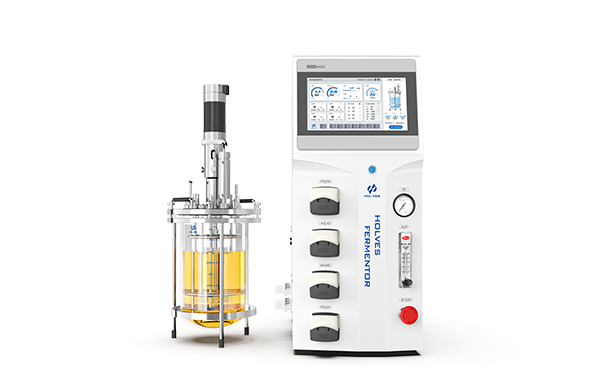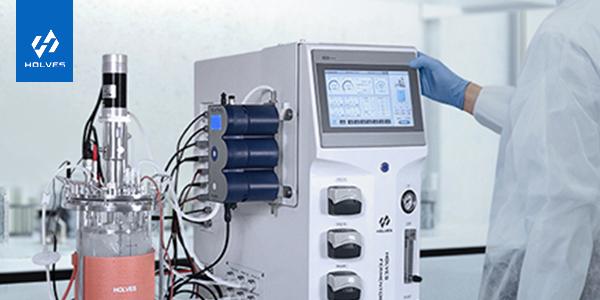The control of the fermentation process refers to the regulation of the physiological state of microorganisms and changes in the concentration of metabolites under certain conditions in order to obtain the maximum yield or the minimum consumption.It can be divided into online control and offline control. Online control refers to real-time monitoring of parameters on the fermenter; while offline control refers to experimental operation on the fermenter and timely feedback of the data obtained during the experimental operation back to the fermenter for parameter adjustment.
2. Methods of control
(1) Biosensor method:Various microorganisms and corresponding physical and chemical sensors are used to monitor microbial growth and product accumulation during the fermentation process.
(2) Signal control method:The feedback control principle is used to regulate the fermentation process.
(3) Microbial growth model method:A mathematical model is used to describe the growth and metabolic patterns of microorganisms under conditions.
(4) Chemical signal control method:Various chemical signals required in the process of microbial cell growth or product accumulation are detected, and then the signals are processed using the corresponding mathematical models to achieve automatic control of microbial growth or product accumulation.
(5) Pulse control method:Automatic control of microbial cell growth or product accumulation processes is achieved by using pulsed signals at certain frequencies during the fermentation process.

Here is the Holves brand website, https://www.bjholves.com/. Providing different types of industry information, technical knowledge, and solutions, we have developed and produced several new laboratory fermenter, bioreactor, tangential flow filtration system and other equipment to meet your needs from experimental to industrial production.
More questions to solve?
More Questions
More Questions
[Ceramic Membrane Filtration] Ceramic membrane filtration is a physical separation process that uses ceramic materials with porous structures to separate particles, microorganisms, and dissolved substances from liquids....
[Tangential Flow Filtration] The Application of Tangential Flow Filtration Cassettes...
[Four-Piston Diaphragm Pumps] What is a Four-Piston Diaphragm Pump? How Does a Four-Piston Diaphragm Pump Work? What Are the Key Advantages of Four-Piston Diaphragm Pumps?...
[Photobioreactor] Photobioreactors are specialized cultivation systems designed to grow photosynthetic microorganisms such as microalgae, cyanobacteria, and other photosynthetic cells under controlled environmental conditions. Lab-scale photobioreactor systems serve as...
[Fermenters] Optimizing Fermenters for Enhanced Production...
[Bioreactors] Biological Reactions in Bioreactors: Advanced Solutions for Efficient Fermentation...
[Tangential Flow Filtration] Tangential Flow Filtration (TFF) is a separation process widely used in various industries, especially in biopharmaceutical manufacturing, water treatment, and chemical processes....
[Small Spray Dryers] Learn the Basics of Small Spray Dryers...
[Fermenter] You can find the answer to the question about fermenter feed supplement……...
[Fermenter] Pay attention to these things when clearing the stainless steel fermenter to prevent secondary contamination....

